 China’s Environmental Policy is Limiting Chemical Production and Increasing Chemical Prices
12. 07. 2017
#The Chemical Industry
China’s Environmental Policy is Limiting Chemical Production and Increasing Chemical Prices
12. 07. 2017
#The Chemical Industry

China’s economic policy has taken a massive change of direction in the past six months. The ideal of ‘growth at all costs’ has gone, instead it has been replaced by a ‘blue skies’ policy. This is a policy that is having an enormous impact on industrial chemical supplies and global chemical prices.
Today, environmental concern among China’s politburo is so high, that factory inspectors have been given new powers to close heavy polluters and the numbers of inspections has sky rocketed. Even more extraordinary, is that environmental policy is now being truly enforced, with large fines being issued, while the most polluting chemical producers forced to close or relocate.
The policy change started in May 2017, when the current Minister of Environmental Protection, Li Ganjie, was appointed. He instigated a ‘five-step method’ for a cleaner China that involves a simple process of ‘inspection – assignment – patrol – interview – special inspection’.
As the chemical industry consultancy, Responsabilitas, notes, “The mission is to push factories to re-organize, to eliminate and renovate polluting devices, to treat VOCs etc. If the factory fails to reach the government’s requirements, the government will cut down the water and electricity of the factory and clean off all raw materials, products and production machines. In fact, many illegal factories found during inspections have already tasted this hard attitude of the central government.”
While on an eco-level, this policy change is to be applauded, the impact of limiting production in the ‘workshop of the world’ is being felt everywhere; but nowhere more so than the chemical industry.
Sources close to chemical industry specialists at AG CHEMI GROUP, who sponsor this article, note that among the many companies affected by the ‘blue skies’ policy, most notable are, “Aoxing Petrochemical in Dongying, who was ordered to close for an unspecified period. Yanshan Petrochemical and Guangzhou Petrochemical, who have received instructions to transfer their production sites. Hebei Xinhua Holdings, whose 200,000 tonne/year methanol plant and 50,000 tonne/year formaldehyde plant have both been instructed to close or limit production. While its 150,000 tonne/year hydrogen peroxide plant in Shijiazhuang is being ordered to relocate by October 2019.”
While information on specific chemical products and facilities is still sketchy, chemical industry consultants at ICIS have ascertained that, “Coal-based chemicals in general are being targeted by the environmental inspectors because of the high levels of particulate matter that these plants tend to produce. [While there are also] estimates that 10% of China’s 24m tonnes/year of ethylene capacity in 2017 will be coal-based. In the case of propylene, coal-based capacity will this year be at 11% of a total of 31m tonnes/year. Ethylene and propylene are, of course, the raw materials needed to make PE and PP.”
The consultants also add that, “One province particularly badly affected by shutdowns is the heavily-industrialised eastern coastal province of Shandong. Several refineries have had to shutter operations, along with downstream chemicals plants. Propylene oxide production is said to have been especially badly affected. [While] Products that remain in tight supply include caustic soda, polyvinyl chloride, MTBE and propylene oxide (PO).”
The combination of closures, suspensions, and relocation orders is certain to have an effect on chemical prices, but what may cause even more damage, is the uncertainty. With many industrial chemical products having long lead times, the sudden cancellation of production of a single chemical raw material can add months to the completion of some orders.
As a result, many chemical buyers and procurement officers are looking to widen their chemical supply chains beyond China. By contacting potential replacement chemical suppliers, or in building business relationships with chemical traders outside of China, companies are hoping to avoid the turbulent times affecting Chinese industry.
Chemical purchasers are assessing their company needs and re-examining their chemical supply chains. If their chemical products are sourced from China, then they are looking for a potential replacement supplier. They are thinking that as prices for Chinese sources of basic raw materials such as Sodium Tripolyphoshate (STPP), microspheres, potassium hydroxide, potassium sulfate and zinc oxide begin to rise, isn’t it time to find a non-Chinese source?

AG CHEMI GROUP is a supplier of chemical raw materials sourced mostly from Russia. We have been supplying industrial chemicals since 1994.
Please take a look at our catalogue or contact one of our friendly sales team for more information.

AG CHEMI GROUP sales team
Photo credit: ZME Science, MNN, McKinsey